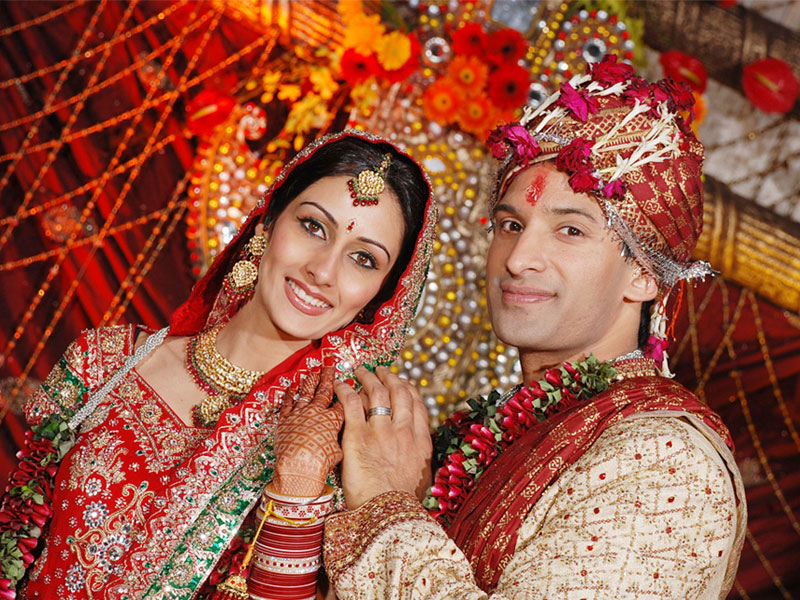
Japan

The Mokume Gane ring is a common Japanese traditional ring, used for engagement and wedding by the bride and groom. Mokume Gane means “wood eye metal.”
Ancient samurai used Mokume Gane materials to decorate their swords. The ring has a stunning swirling design that has been gaining popularity in Western cultures recently.
India

India has a diverse culture and many gods that are worshipped, as a result, many different practices for marriage. However, a tradition that they have long enjoyed is engagement ceremonies and the love of placing rings on each other’s fingers at this occasion.
With so many Moissanite options available, this unique ring can be designed by Ralph Jacobs.
Typically, a man puts a ring on the woman’s right hand, and the woman puts a ring on the man’s left hand. Something we are aware of, of the Indian traditions is to wear toe rings (bichiya), which many people still do so today.
Kenya

Something quite different is worn in Northern Kenya to signify their engagement to one another. The Samburu warriors wear a necklace with decorative beading to signify engagement.
Argentina

In Argentina, couples use a silver band when engaged, then change it for a gold wedding ring at the wedding ceremony.
Jewish Traditions

Jewish traditions vary, but in some cases the fiancé places a ring on the right index finger of his fiancée, and during the wedding ceremony, the ring is moved on the same hand to the ring finger.
This Post was first published on https://ralphjacobs.co.za/engagement-rings-across-different-cultures/